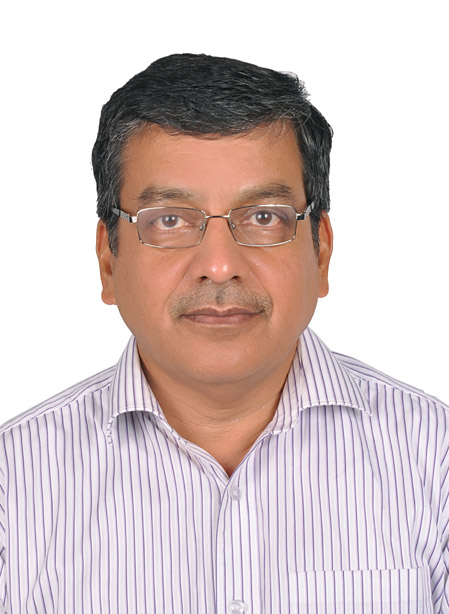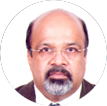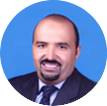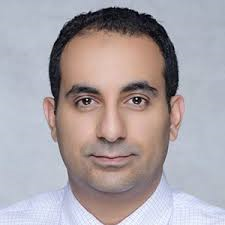Mission / Vision
The mission and vision of the Improved Recovery Techniques discipline is to maximize reservoir sweep efficiency and utilize best industry best practice for recovery optimization.
Introduction
KPC has set strategic objectives for its 2030 strategic plan. These ambitious targets require technology transfer, knowledge sharing and implementation of best practices through collaboration among its subsidiaries.
The upstream Center of Excellence (CoE) was established as one of the initiatives to enhance collaboration among upstream K companies. On the success of pilot phase of CoE (3 disciplines), 3 more disciplines were added in CoE scope of work. Improved Recovery Techniques (IRT) is one of those disciplines
Objective of the Discipline
After Primary Recovery, a substantial amount of reserve is left in the reservoir. Therefore Improved Oil Recovery (IOR), like water flooding, is required to support reservoir pressure as well as enhance areal and volumetric sweep efficiency. IOR will improve recovery, even after IOR Displacement or Microscopic Sweep Efficiency does not improve much. For high mobility ratio reservoir fluid even volumetric sweep will be not reach desirable value leading to conformance issues. Objective of the discipline is to identify issues/challenges and facilitate the application of best practices in the industry for optimization of improved recovery technique.
In Scope: Sharing knowledge, experience, and lessons learned in the improved recovery techniques.
Out of Scope: new technologies’ evaluation, selection and application.
Definition of success: In the short term, success is defined by understanding and identifying opportunities for optimization of improved recovery techniques through collaboration among K-companies and transfer of knowledge by IOC and service companies.
In the medium term, success will be defined by the tangible benefits like reserves addition, cost saving (CAPEX and OPEX) and higher production which can be derived from applying best practices acquired through CoE.
The discipline structured its activities under 4 categories:
1. Provide Advisory Support
2. Facilitate Knowledge Sharing
3. Manage Capability Building
4. Identify External Collaboration Opportunities with other IOCs/NOCs
Accordingly, the discipline has provided knowledge sharing opportunities in the areas:
₋ Water-flood optimization, Water-flood conformance issues identification and remedial action through KGOC experience in waterflooding carbonate reservoir
₋ Pattern water injection optimization
₋ Chemical EOR (CEOR) by sharing KOC experience in EOR Screening and single well tracer test

Chetri Hom |

Bharat Singh
|

Rakesh Bahuguna
|

Emad Al-Mahdy
|

Mohammad Al-Matrook |

Ali Qubian |

Mohammed Asadullah
|

E. C. Reji |

Ridha Gharbi |

Stewart Bruce Duncan
|

Bhupendra Singh
|

Mariam Al-Matrouk
|

Dana Jouhar Hayat |

Jummana Baqer
|

Mohammad Hussain Rajab
|

David Spencer
|

Mohammed Taha Al-Murayri |

Amal Al-Sane
|